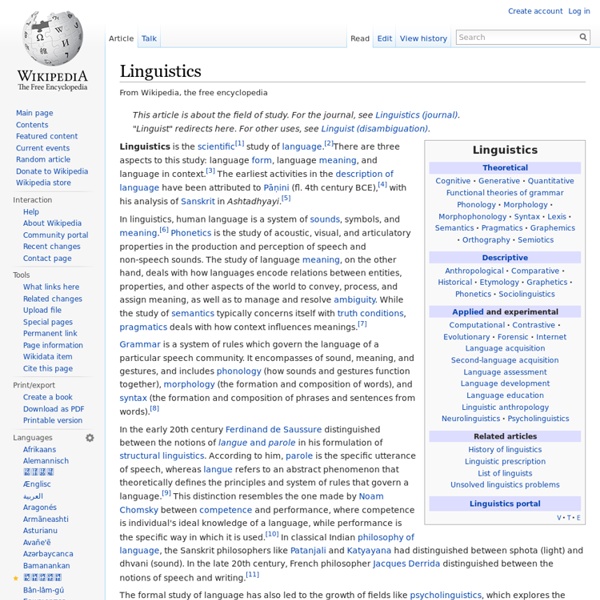Scandinavian literature
Literature in the languages of the Nordic countries of Northern Europe Scandinavian literature or Nordic literature is the literature in the languages of the Nordic countries of Northern Europe. The Nordic countries include Denmark, Finland, Iceland, Norway (including Svalbard), Sweden, and Scandinavia's associated autonomous territories (Åland, Faroe Islands and Greenland). The majority of these nations and regions use North Germanic languages. Although majority of Finns speak Uralic languages, Finnish history and literature are clearly interrelated with those of both Sweden and Norway who have shared control of various areas and who have substantial Sami populations/influences. These peoples have produced an important and influential literature.
Scandinavian literature
Scandinavian literature, also called Nordic literature, the body of works, both oral and written, produced within Scandinavia in the North Germanic group of languages, in the Finnish language, and, during the Middle Ages, in the Latin language. Scandinavian literature traditionally consists of works in modern Swedish, Norwegian, Icelandic, Danish, and Faroese, all members of the North Germanic group of languages. The literary works written in these languages show deep-seated common linguistic ties.
Nordic Model Definition
What Is the Nordic Model? The Nordic model is the combination of social welfare and economic systems adopted by Nordic countries. It combines features of capitalism, such as a market economy and economic efficiency, with social benefits, such as state pensions and income distribution. The Nordic model, also known as the Scandinavian model, is most commonly associated with the countries of Scandinavia: Sweden, Norway, Finland, Denmark, and Iceland.
Nordic art
Nordic art is the art made in the Nordic countries: Denmark, Faroe Islands, Finland, Iceland, Norway, Sweden, and associated territories. Scandinavian art refers to a subset of Nordic art and is art specific for the Scandinavian countries Denmark, Sweden and Norway. Norse art, the art of the Vikings, is a form of Nordic art from a particular period of time. History[edit]
Sweden: population by level of education 2019
Basic Account Get to know the platform You only have access to basic statistics.
Education in Scandinavia - statistics & facts
Education generally follows the same trajectory in Scandinavian countries and is comprised of mandatory primary school time of nine or ten years, followed by optional upper secondary and higher education. Most schools and education institutions are public, and the vast majority of pupils and students are admitted in public institutions. Yet both the number of private schools and pupils in private schools increased over the past years.
5 Favorite Scandinavian Foods
Traditionally, Scandinavian dishes are basic and many traditional meals include fish, potatoes, pork, and berries. Most Scandinavian cuisine relies on fresh, natural ingredients that can be found in the wild or that come fresh from the sea. On your trip to Denmark, Norway, Sweden, Iceland, or Finland, make sure to try at least one of these great Scandinavian dishes.
Outdoor Activities in the Nordic countries
It is the largest region in Europe, but also the less populated region. The Region has a beautiful nature with a lot of fresh air, fantastic lights, beautiful glaciers, icebergs, rich fauna, unique fjords, hot springs, lakes, captivating beaches and several archipelagoes. Forget all about work, busy schedules and calendars - here the silence takes over.
Hiking in Sweden
In Sweden’s you will find nearly 400 hiking trails that criss-cross the country, clearly marked and dotted with 350 well-maintained hostels, mountain stations and huts. In Sweden, they have unique nature which invites to hiking. For decades developed walking routes have been created, which gives an opportunity to discover the incredible scenery that Sweden offers.



